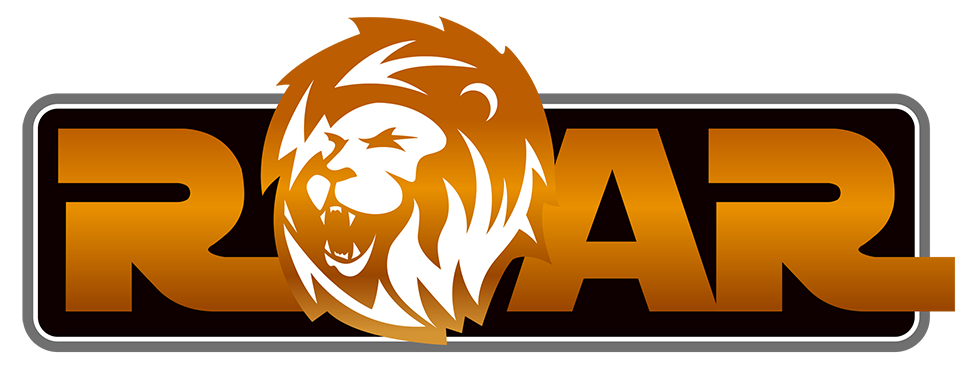If you are struggling and need some help, before getting in contact, try reading our frequently asked questions below where you may find your answer.
Here are your answers
Frequently Asked Questions
Why do the sanding marks sometimes reappear after I finish buffing the panel?
All compounds use Oil & Solvent lubricants (both solvent based and water based) to provide lubrication during the polishing process. These oils perceived as “fillers” can sometimes be left behind and disguise the sanded area after polishing. Once the oils are washed away the scratch reappears, this is sometimes called “sinkage” but ultimately can only occur due to under cured paint or Insufficient polishing. This can cause a headache for the bodyshop so ROAR have developed 880 Quality Control Liquid, a special blend of paint friendly surfactants to remove these lubricants and identify any areas that need further polishing prior to the vehicles final inspection.
How soon can I apply ceramic paint protection to a refinished panel?
Usually, refinish paint is cross-linked and safe to apply Ceramic Coatings after 14 days but this may vary with paint types and climatic conditions. We always advise following manufacturer’s instructions for the curing time of their paint system.
How soon can I apply wax to a refinish panel?
Wax can usually be applied 12 hours after the paint has cured via a low bake oven process. For paints that are air dried we recommend following the manufactures instructions.
Does the ROAR Express Applicator Pad require a special compound?
No! The pad has been developed specifically to use with our current 610 compound system.
We want our end users and stockists to avoid the costly installation of another compound or starter kit. as specified by some of our competitors.
What applications will benefit using the Express Applicator Pad?
The Express Applicator Pad provides more initial cut when using over HS, UHS and SR refinish systems. It is also beneficial when used on fast curing air dry clearcoats and UHS direct gloss.
Does the Express Applicator Pad replace the ROAR CFH Foam Applicator?
NO! Our range of foam pads still provide the best compromise between cut and finish when used with ROAR 610. The Express Applicator Pad can give a greater initial cut, however it will require a second step on darker colours. This will entail the use of a foam pad.
Is this type of pad new technology?
NO! This type of pad has been available in Japan and parts of Asia for over 30 years. It has also been used extensively in the tier one manufactures OEM sectors.
Why have ROAR launched the Express Applicator Pad?
This pad is already available to our Asian customers as an integral part of their process. With the advent of the latest Air dry, OE Ceramic, SR and UHS paint systems it is a natural addition to our current foam applicators. This offers the end user even more flexibility and choice. ONE COMPOUND – MULTIPLE APPLICATORS.
Do I need to follow a special process with the Express Applicator Pad?
In order to achieve the optimum performance, we recommend following the process attached to the product or simply follow the steps in our video library.
Does the Express Applicator Pad produce more heat than foam?
No, when used correctly the Express Applicator Pad will generate less heat than foam.
Can the Express Applicator Pad be used on fresh paint?
Yes, if the paint has been dried correctly to manufacturer specification the Express Applicator Pad can be used. However we do not recommend the Express Applicator Pad for Medium Solids refinish systems.


